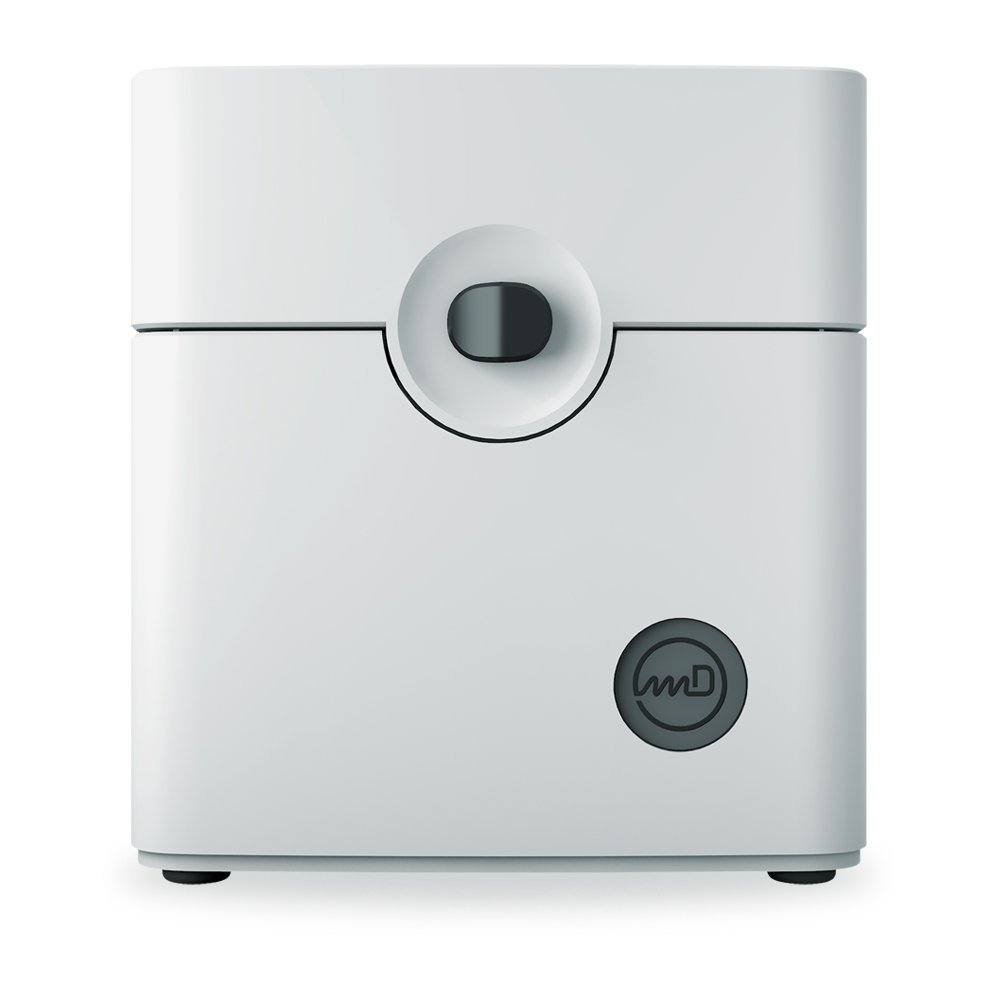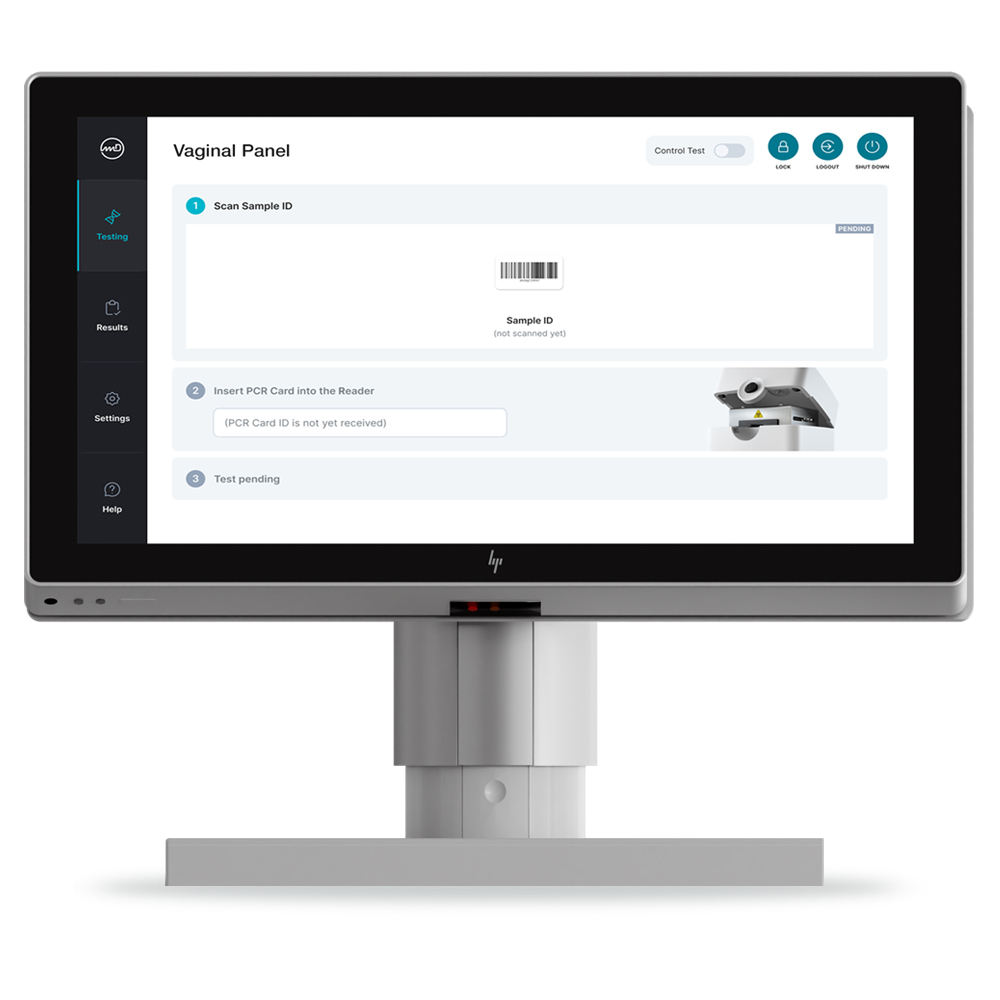Women’s Health
40% of women with vaginal symptoms gets misdiagnosed. The key to proper treatment of vaginitis is proper diagnosis. Why delay or risk not using the correct medication?
Background
Vaginitis affects over 75% of women once in their lifetime. It has a 40-45% chance of re-occurrence and is the leading cause of gynaecological consultation.
The main causes of vaginitis are bacteria (Bacterial Vaginosis), candida species (Vulvovaginal Candidiasis) or Trichomonas vaginalis.
The symptoms are the same: burning, itching, odor and discharge, but the treatment is different. Severe complications in case of late and/or improper treatment include: adverse pregnancy outcomes, reproductive health problems, and increased risk for acquiring sexually transmitted infections (STI) or diseases (STD) like HPV, HIV, chlamydia and gonorrhea.
Bacterial Vaginosis (BV)
BACTERIA
The normal balance in the vagina changes due to the increase of anaerobic bacteria.
40-50% of cases
Antibiotics
Vulvovaginal Candidiasis (VVC)
FUNGI
Fungi normally live on the skin and inside the body. Infection can happen due to hormones, medicines, or changes in the immune system.
20-25% of cases
Antifungal medicine
Trichomonas Vaginalis (TV)
PARASITE
This type of vaginitis is a very common STI. Although symptoms may vary, most people who have trichomoniasis cannot tell they have it.
15-20% of cases
Antibiotics
The most common type is Bacterial Vaginosis

1 in 3 women will suffer from BV in their lifetime.

21.2 million or 29.2% is estimated to be the prevalence of BV for women in the US ages 14-49.

66% of women mistake BV symptoms for thrush. BV is also twice as common as thrush.

Women with BV are 6 times more likely to have a miscarriage.

Women with BV are twice as likely to have a premature birth than other women.
Diagnosing vaginitis at POC
Vaginitis is the most common gynaecological disorder in primary care, but today there are no fast and accurate tools available at the point of care (POC) to diagnose vaginitis.
It is difficult to diagnose vaginitis, as clinical signs and symptoms have only limited diagnostic value, and the most accurate standard for diagnosis, molecular PCR tests, are generally performed on large lab-based instruments with 1-3 days turnaround time.
Patients often get empirically treated before the lab results come in, assuming a PCR test is done at all. This can cause mistreatment, discomfort for the patients and insecurities.
Ultra-fast.
Ultra-reliable.


Our proposed solution will deliver fast and accurate diagnosis for vaginitis at POC.
The miDiagnosticsTM Vaginal Panel (coming soon) is intended to detect presence of bacterial vaginosis, vulvovaginal candidiasis and Trichomonas vaginalis in vaginal swab samples collected from symptomatic women within 20 minutes using an easy to use and compact POC test platform.
For professional use.
Accurate results in less than 20 minutes.
How it works.

Swab Sample
For use with clinician collected and patient collected vaginal swabs.

PCR Card 2.0
A small volume of the sample is placed on the disposable PCR Card containing the silicon chip.

Reader 2.0
The multiple use, portable reader performs the temperature cycling and optical detection, processes data connected with a computer.


Computer
The computer with intuitive User Interface and integrated software enables complete sample to answer traceability with easy to interpret results in a data secure manner.
Key Benefits.
Unique silicon chip technology allowing for ultra-fast PCR

Closed reaction chamber limits risk of contamination and cross-infection

Reports directly send to laboratory/POC information systems, or network printer

“miDiagnostics has the potential to disrupt and transform the industry by making diagnostic information available to clinician and patient alike.”
“Its easy-to-use and cost-efficient test will revolutionize point-of-care testing by directly engaging with patients and enabling speedy intervention.”
“Proud to be leading a top team and together with our numerous partners to make a significant contribution to healthcare in general.”
“As a Non-Executive Director on miDiagnostics’ Board, I have been privileged to witness its continued development. I am very proud to see many years of hard work coming to fruition and providing value, facilitating the return to a normal way of life, with potential to move high quality testing closer to the patient.”
“This technology could aid the management of outbreaks in challenging settings, such as nursing homes and home care environments, allowing healthcare professionals to adjust their management decisions at the point of care. ”




